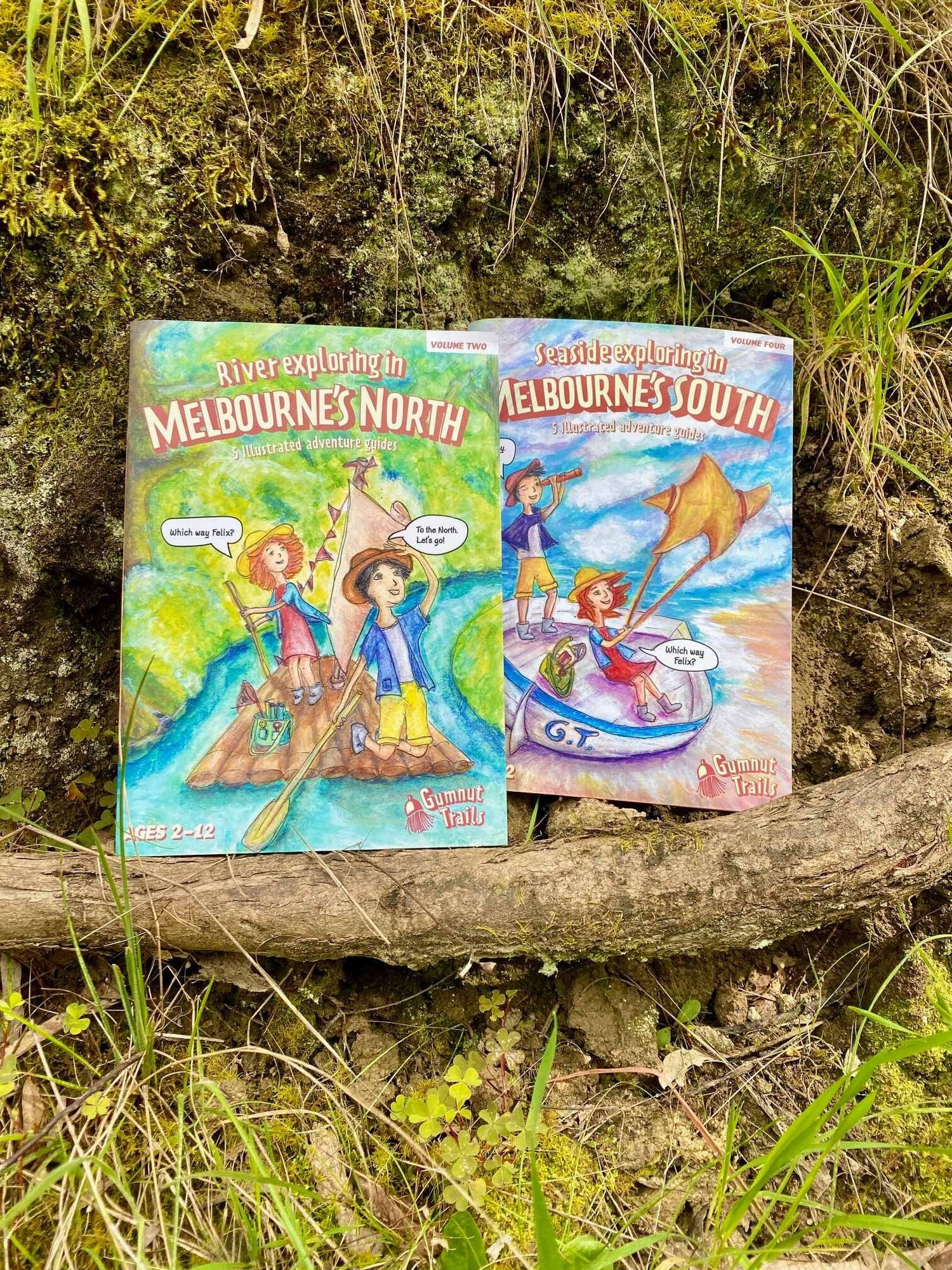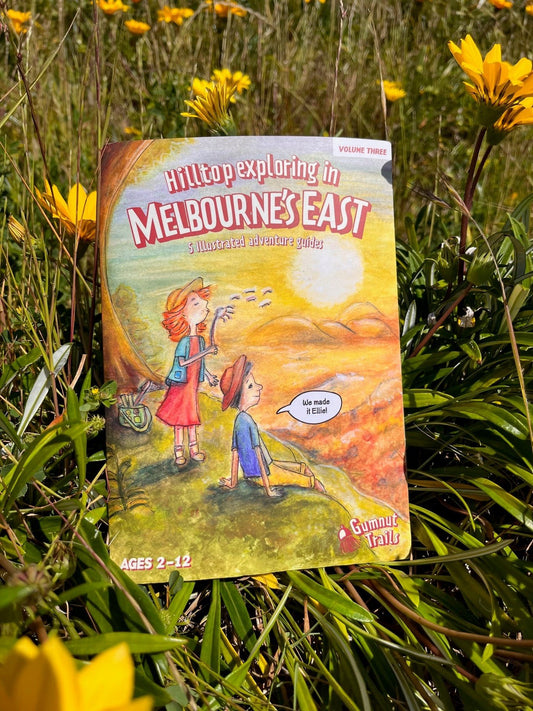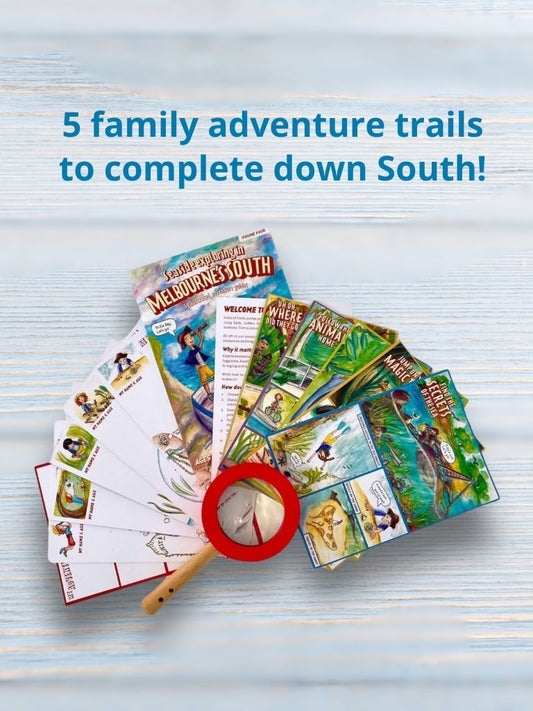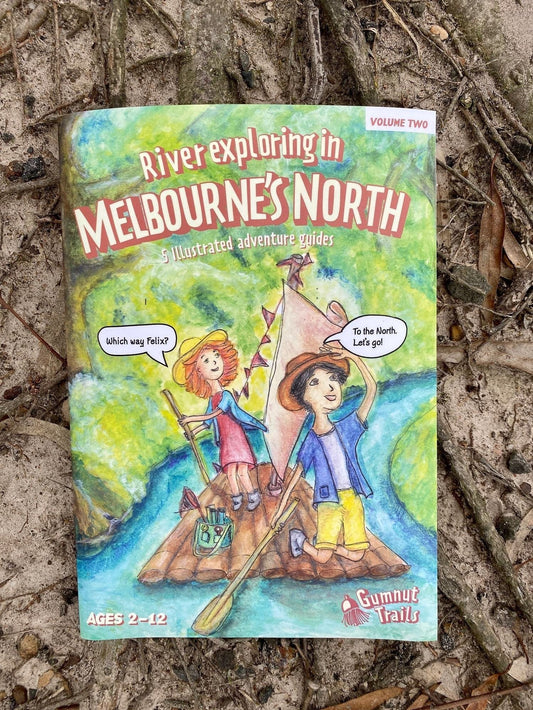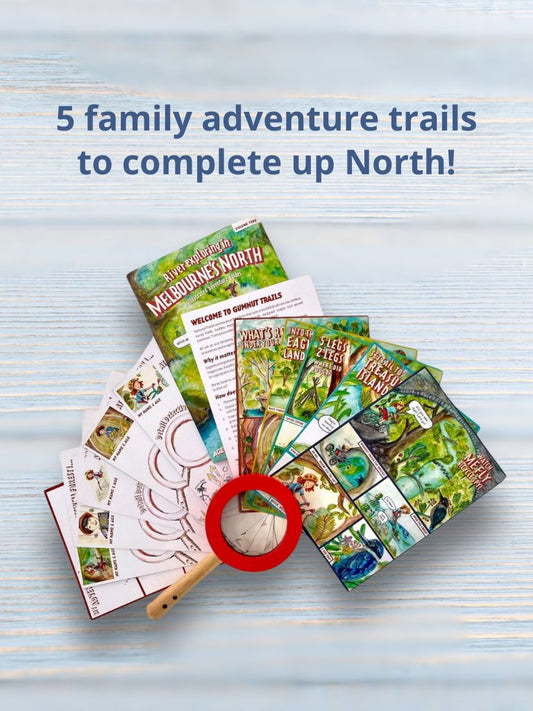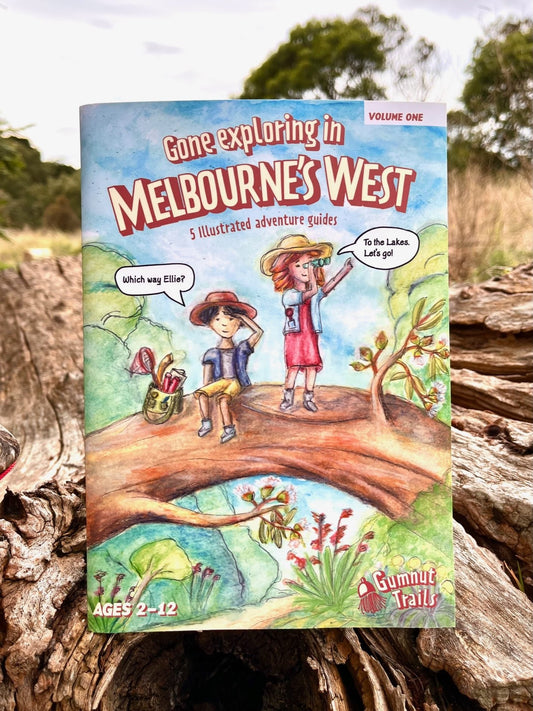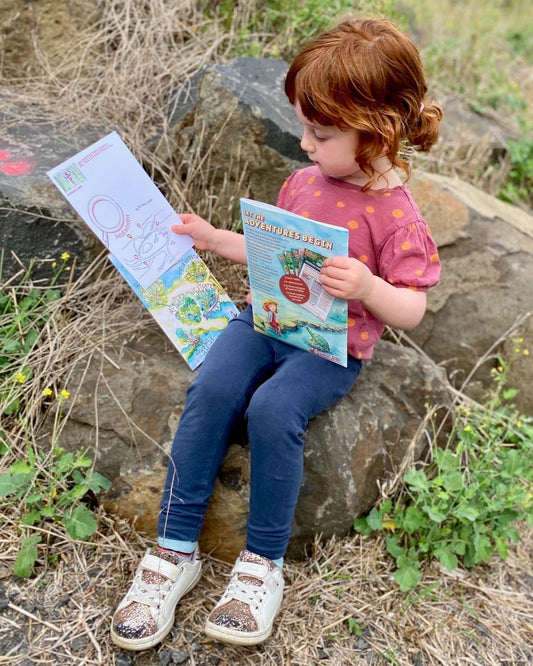Slip on your camouflage coat, slide on your explorer’s boots and grab your eagle eyes. Are you ready to be a Birder for a bit …?
Melbourne’s rippling shores and bushy forests are a Birdwatcher’s delight. The rarest of birds gamely fly over rough seas and continents to rest, nest and breed here. The boldly blue Superb Fairy-wren and majestic Black Swans happily live, hop and paddle here.
There are more bird species to find in our Melbourne Parks than our Zoos (there’s 300 and counting in Melbourne, 450 across Victoria) – are you ready to dive in?
Plus, we share tips on birdwatching basics for kids at the end of the blog!
Four Minute Read
Birdwatching spots within 1hr of Melbourne, Victoria
Go West
The West is the epicenter of birdwatching. The Western Treatment Plant in Werribee is world famous and second only to Kakadu National Park in QLD. It’s not included below as you need a permit to enter!
30 - 45 Minutes Out
Newport Lakes Reserve, Newport

This old quarry is now an oasis full of trees, winding trails, sparkling mosaics and two glorious lakes. At the centre of the twin lakes lie epic stepping stones that lure in children, travellers and locals alike. A bird hide is nestled at one end of the lakes – however each trail provides endless viewing platforms across the waters or into the trees.
Access: Easy access to the lakes and surrounds. Enter from the main carpark and start your descent into the reserve – it’s a 40-minute loop walk. Newport Station is a 15 minute walk away..
160 species recorded here. There are two resident Black Swans (they’re territorial) and lots of Purple Swamphens in the natural amphitheatre. See recent sightings >
Jawbone Flora and Fauna Reserve, Williamstown

Cormorants and Ducks
Just off the coastline and away from the busy Williamstown beaches, this special place is full of Coots, Pelicans, Black Swans, Purple Swamphens and more! Unlike many of the bigger wetlands, you can walk right down to the lake, over tiny bridges and lovely islands before arriving at the bird hide.
Access: Easy access to the lake for lots of up-close viewing! Park near Caspian Terrace, Williamstown and walk around Spectacle Lake. Or you could start at Jawbone Marine Sanctuary to visit the boardwalk and nearby Arboretum, before continuing on the Bay trail to Spectacle Lake.
180 bird species recorded! The Red-necked Stint is also here, along with Latham Snipes and Curlew Sandpipers. See recent sighting list >
Cheetham Wetlands & Point Cook Coastal Park, Point Cook

These old saltworks are now HUGE saltmarshes and lagoons that stretch as far as the eye can see towards Melbourne’s skyline (amazing views). It’s a strangely beautiful landscape; white, barren and shimmering – with endless bird wading lagoons and small rivers flowing over the immense space.
Access: Your viewing point is a very intriguing observation tower that is a 1km walk from the Point Cook Homestead. You can only walk a little way in, as these are internationally protected under the Ramsar wetlands treaty.
200 different bird species and counting! The Red-necked Stint flies 26,000 km each year to wade in these coastal wetlands. See recent sightings and pics >
Go North
20 To 45 Minutes Out
Royal Park and Trin Warren Tamboore, Parkville

Purple Swamphen
Tucked away in Royal Park West - a secret place hums with water birds diving, bugs skittering and rare skinks scrambling. This noisy chorus is a bird watchers delight. Walk through the avenue of trees, over the boardwalk and to the bird-hide nestled in the center. Above the wetlands, trails criss-cross into the hills towards the Upfield bike trail - where more woodland birds can be spotted.
Access: Easy access with trails and bird hide up-close to the wetlands and surrounding bushy areas. Carpark at Oak St. Parkville.
170 species seen here: Welcome Swallows dart on the nearby ovals, Superb Fairy-wrens hop in the bushes, Grebes, Little Egrets, Spoonbills and more are seen in the wetlands. See recent sightings >
Woodlands Historic Park, Greenvale

LOTS of kangaroos, ancient River Red Gum giants, grasslands, ruins, huge boulders and endless walking trails. The hollows in the ancient trees are a haven for woodland birds. Birder’s come here to see the very cute red robin (although they’re very hard to spot!) The biggest birds (ie aeroplanes) fly low over the hills before landing at the nearby airport - they’re hard to miss!
Access: It’s an open woodland with easy trails to walk around – however this park is HUGE (820 hectares), We parked in the Somerton Road Carpark and walked around the trails left and right here before climbing to the top of Woodlands Hill (lots of kangaroos)!
Nearly 200 birds have been seen here: Birders seek out the elusive red robin in Autumn and Winter, however you can reliably see Parrots and Lorikeets here. See recent sighting list>
Go North-East
30 To 45 Minutes Out
Wilson Reserve, Ivanhoe

A labyrinth of trails surrounds the billabongs with huge River Red Gum trees hanging over the pathways and the nearby Yarra River. The Reserve is green, enclosed and lush like a rainforest. If you follow the tiny paths towards the central billabongs and wetlands (be careful of snakes in Summer) you will hear frogs and see wetland birds. Avoid windy days as River Red Gums can drop their branches.
Access: Easy access to billabongs and waterways with one main trail loop around the Reserve from. Carparks are on The Boulevard, Ivanhoe and it’s a steep drive down.
120 bird species seen here. You can find smaller bush birds such as the lovely Eastern Yellow Robin, Superb Fairy-Wren, Red-browed Finch, Golden Whistler and Eastern Spinebill here. See recent sightings >
Banyule Flats, Viewbank

Dusky Moorhen
This unique landscape shifts from pure green fields to endless blue waters. In the swamp, a handful of white skeleton trees stand stripped of life - perfect perching and nesting for local birds. A secret viewing seat is found in the surrounding forests for majestic views across the swamp. There is also a small area dedicated to old farm equipment you can walk around.
Access: Easy and open access to the lagoon and surrounding forests. The main trail is a great cycling or walking loop. Carpark off Somerset Drive.
180 bird species seen here: Eastern and Crimson Roselles are common here. You may also see Sacred Kingfishers in Summer, See recent sightings>
Go South
Sadly the St. Kilda Pier and Penguin Colony viewing is closed until 2024 and is not included below.
Up To 60 Minutes Out
Braeside Park, Braeside

Pelicans
This impressive park has it all - open woodlands, heathlands, grasslands, weaving trails, community gardens, sculptures, and wetlands. The sound of nearby traffic fades away until all you can see are trees, green and family picnics. The wetlands are tucked away in a corner and are a birding hotspot.
Access: Easy open access across the whole park, with so many carparks from the entry on Lower Dandenong Road!! The Wetlands are located off Governor Road and are a short walk from the carpark.
190 bird species recorded here: Pelicans, Freckled ducks, Lorikeets, Parrots and more See recent sightings >
Edithvale Wetlands, Edithvale

The lush green landscape, blue waters, and tiny islands are hidden behind layers and layers of dense high reeds. It’s not until you hunker down in the surrounding bird hides you see glimpses of the vibrant wildlife within (including a mob of Eastern Grey Kangaroos).
Access: The only viewing is from 3 bird hides on Edithvale Rd. The 2-story log cabin bird hide (not the discovery centre) has amazing viewing windows upstairs and downstairs. There are lots of bird photos, information and even volunteers to answer questions and provide binoculars! It’s open between 1-5pm on weekends.
160 bird types seen here: There are 17 international birds that fly here (also in Ramsar treaty)! There are also wading birds in Summer when the wetlands are dryer. See recent sightings>
